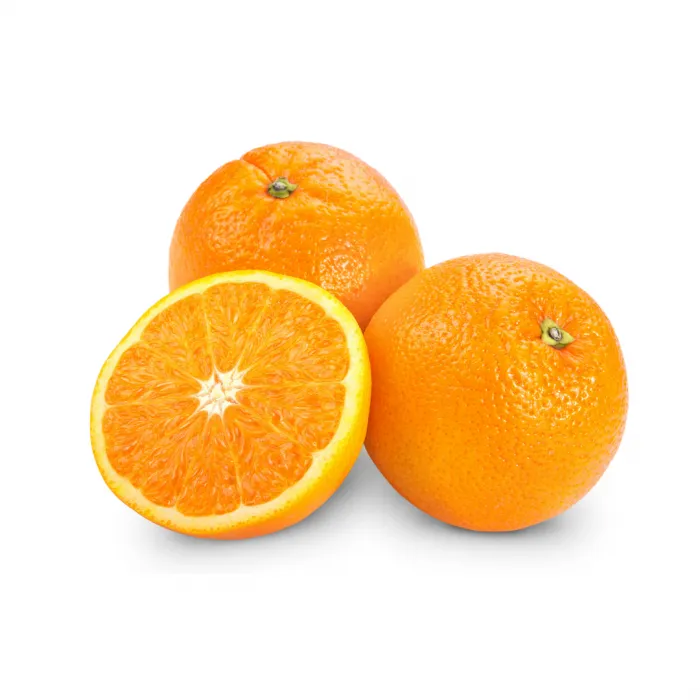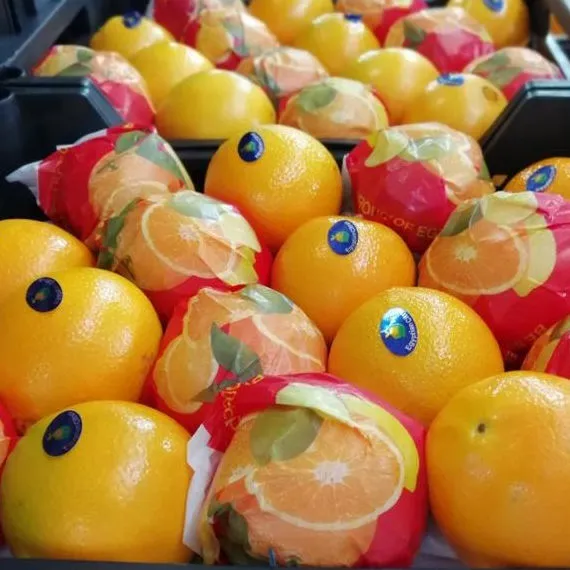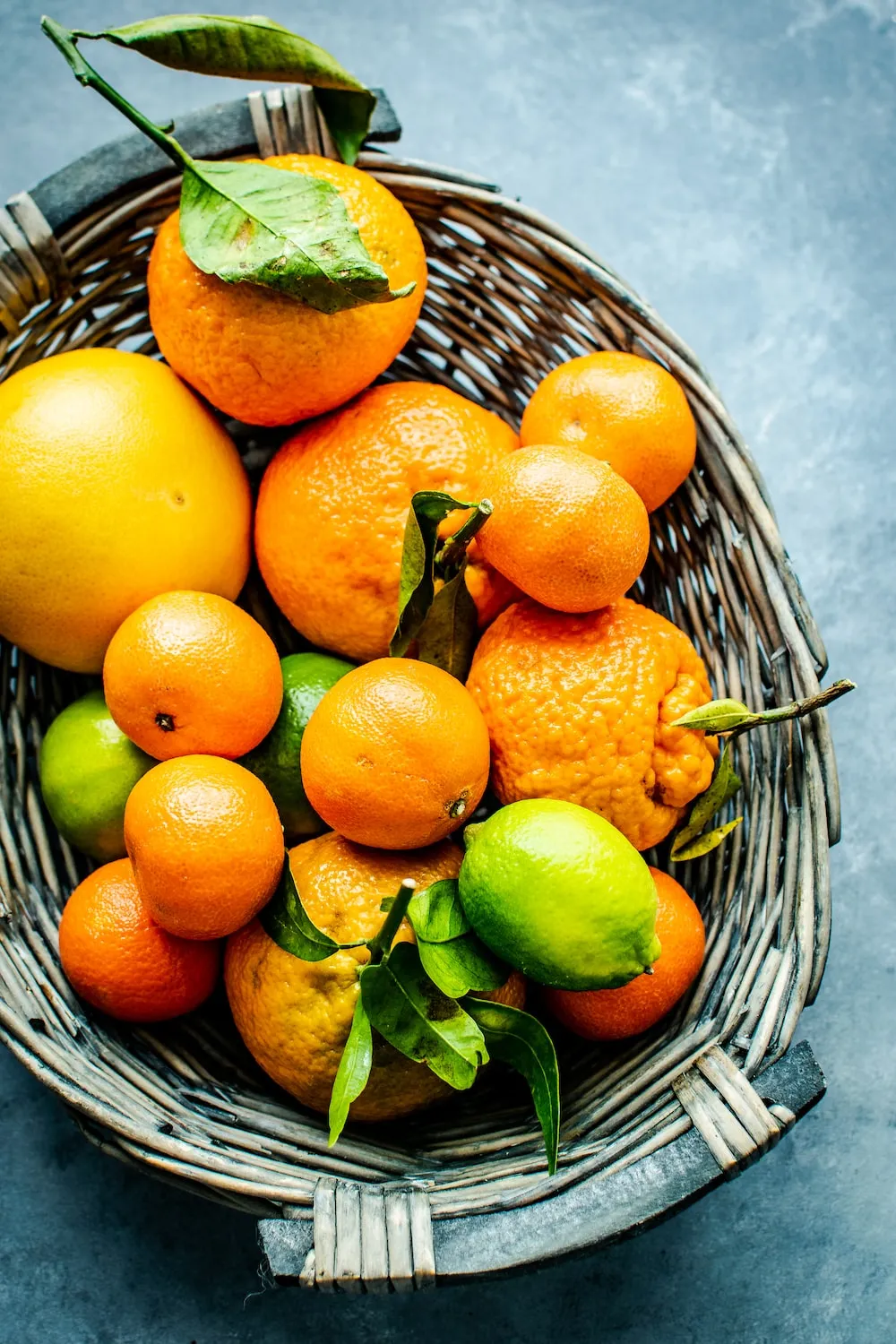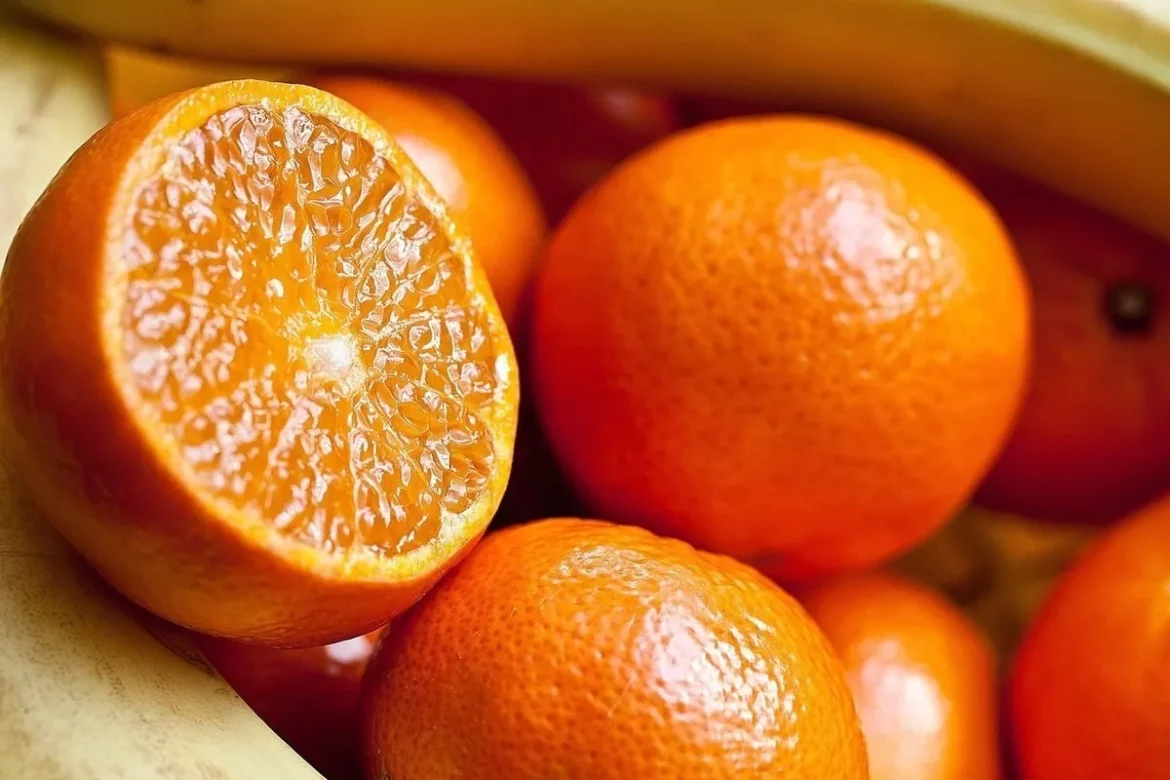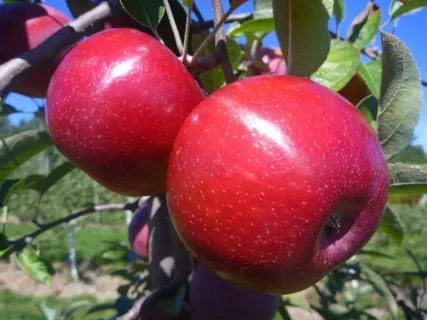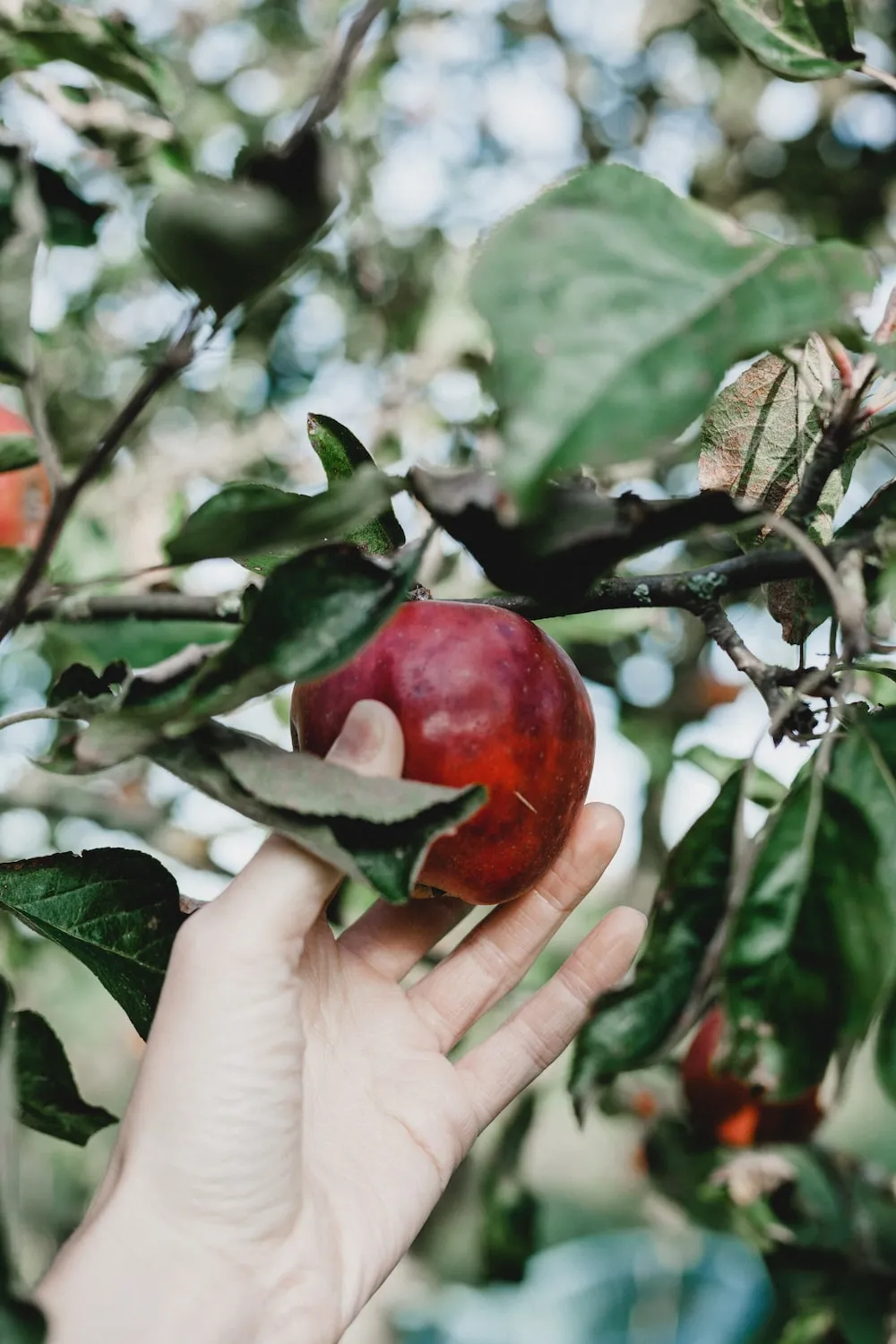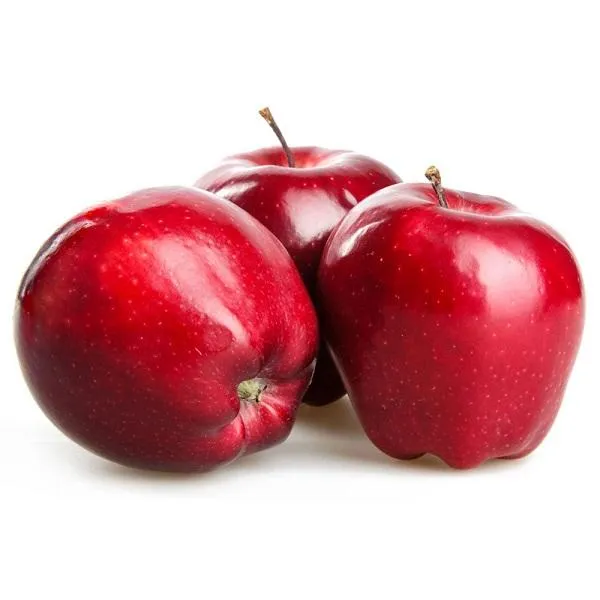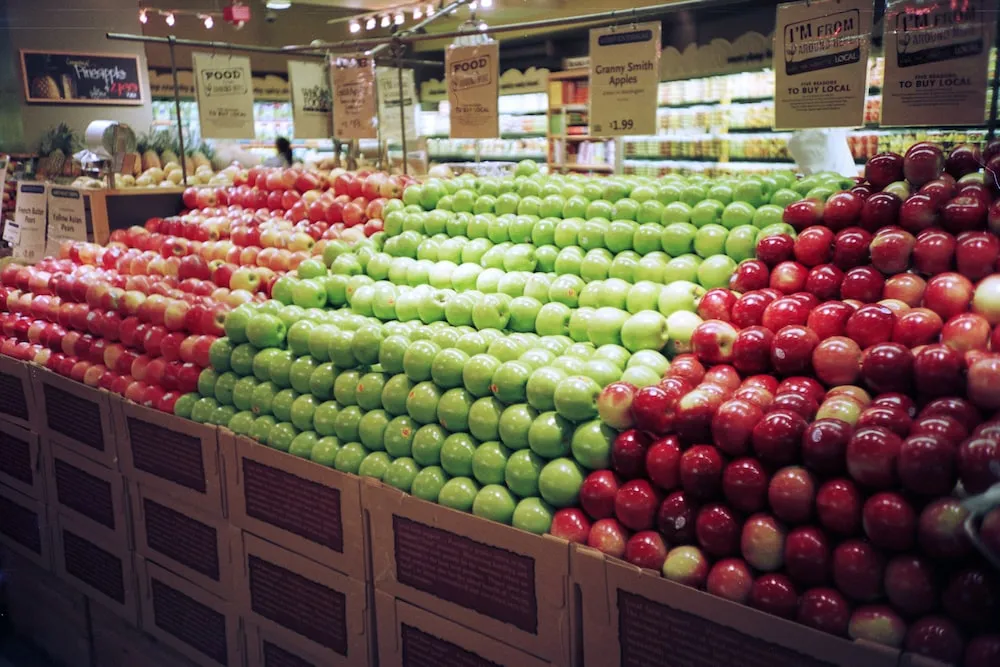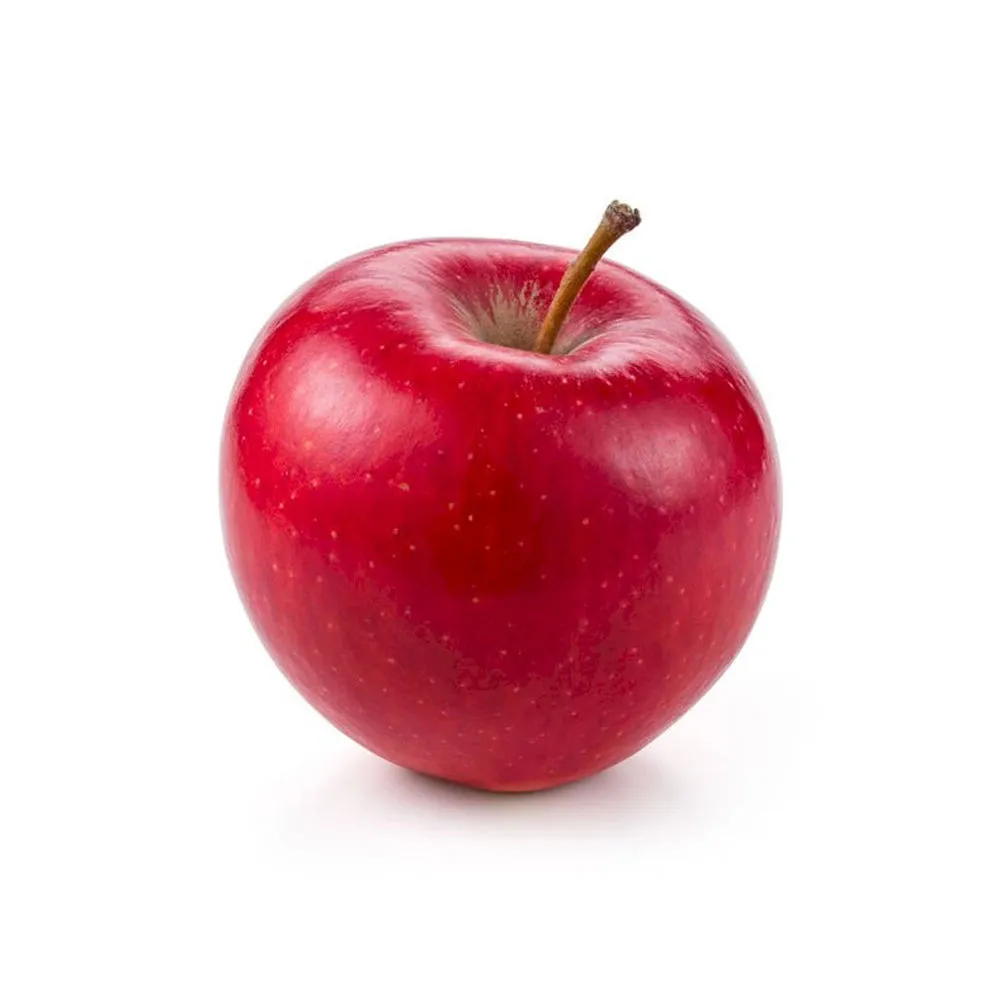Apples are a beloved fruit enjoyed by people worldwide for their crisp, juicy texture and versatile flavor. Whether eaten fresh, baked into pies, or pressed into cider, apples are a staple in many households. However, with the increasing emphasis on sustainability and budget-conscious shopping, it’s important for consumers to understand the cost per pound of apples. By delving into this topic, we can gain insights into the factors that influence pricing and make informed decisions when purchasing this wholesome fruit.
Understanding the Cost per Pound:
When it comes to purchasing apples, the cost per pound is a vital consideration for prudent consumers. This metric provides an accurate way to compare prices across different brands and varieties. By understanding the factors that contribute to the cost per pound of apples, shoppers can make informed decisions and get the best value for their money.
Factors Influencing Apple Prices:
1. Variety:
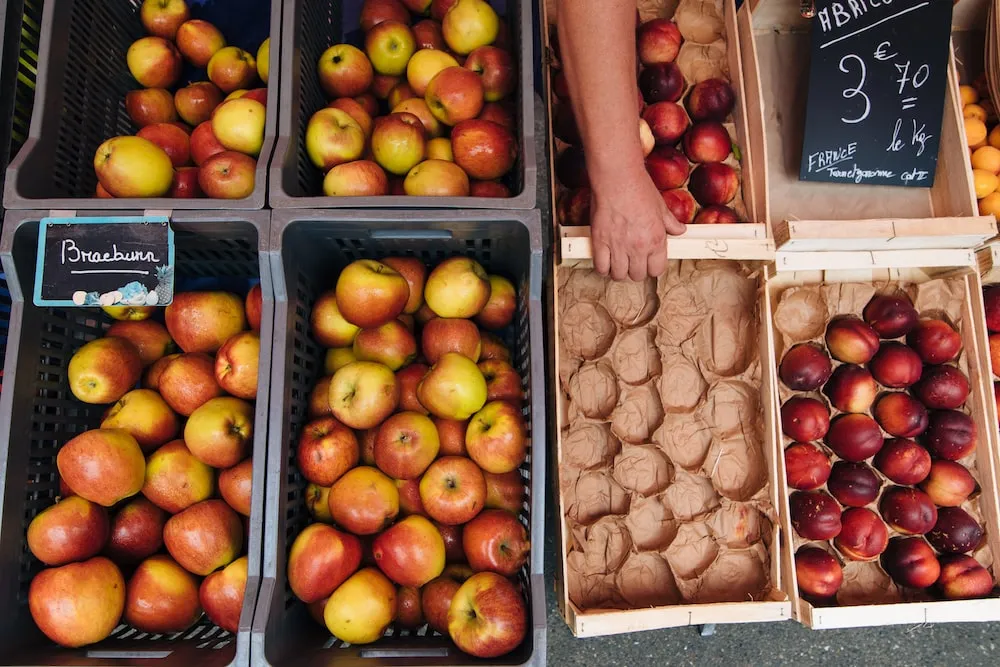
Apples come in numerous varieties, each with its unique characteristics. Some popular varieties include Gala, Granny Smith, Fuji, Honeycrisp, and Pink Lady, to name just a few. The price per pound can differ significantly based on the type of apple due to factors such as availability, demand, and the time it takes for the apple tree to bear fruit.
2. Seasonality:
The season in which apples are harvested can also influence their cost per pound. During the peak harvest season, typically in late summer and fall, apples are generally more plentiful and affordable. Conversely, off-season apples may be more expensive due to lower availability or the extra effort required to source and transport them.
3. Organic vs. Conventional:
Many consumers are increasingly opting for organic produce due to its perceived health benefits and reduced environmental impact. Organic apples are grown without the use of synthetic pesticides or fertilizers, which often translates to higher production costs for farmers. As a result, organic apples usually carry a higher price tag per pound compared to conventionally grown apples.
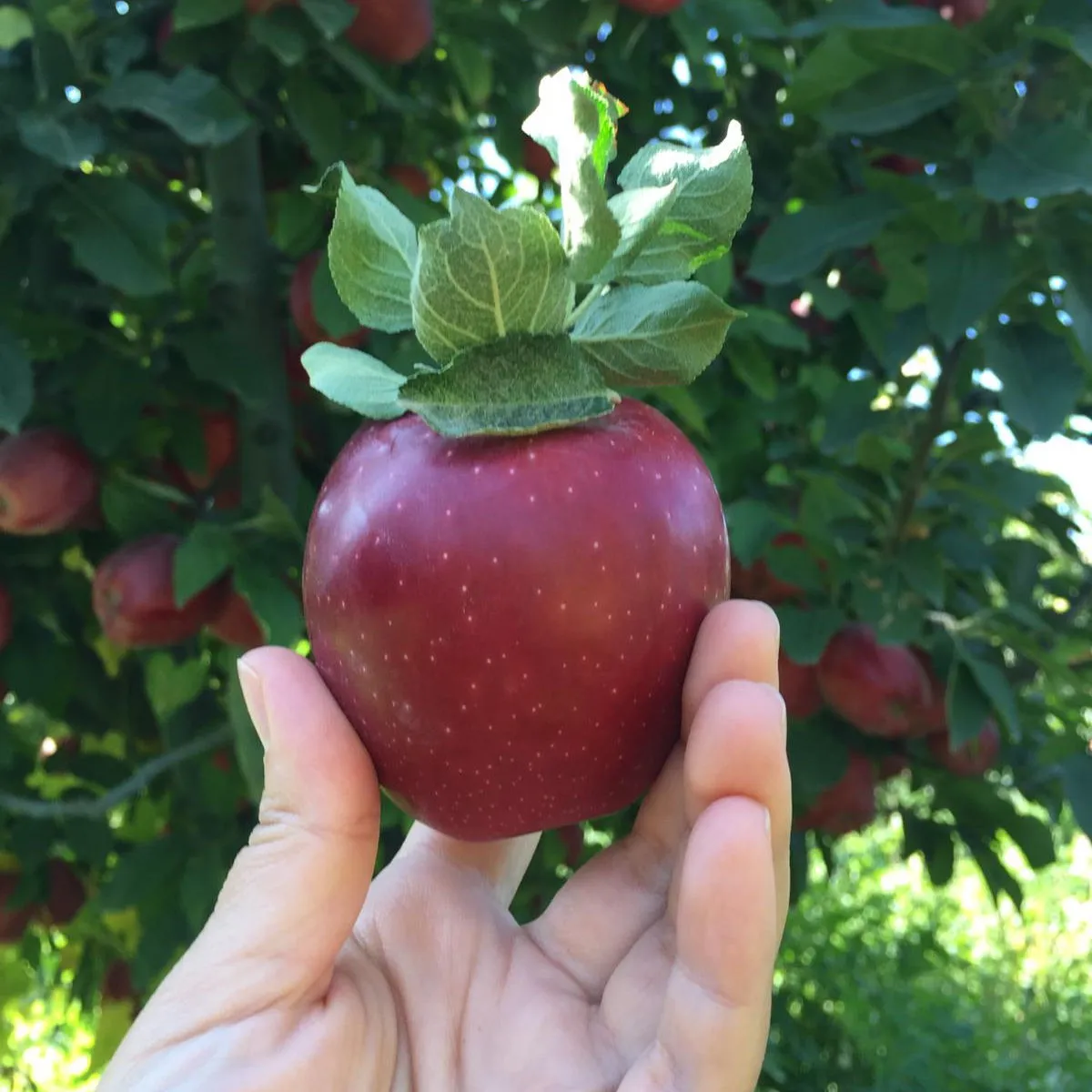
4. Packaging and Branding:
The way apples are packaged and branded can also contribute to variations in cost per pound. Premium packaging, which may include individual wrapping or custom-designed packaging, can increase the overall price. Similarly, apples marketed under specific brand names or with unique selling propositions may command a higher price point.
5. Geographic Factors:
Apples are grown in various regions globally, and the cost per pound may vary based on the local economy and agricultural practices. Apples transported long distances to reach markets may have higher prices due to transportation costs and the need for preservation techniques. Local apple growers may offer competitive prices due to reduced transportation expenses and a focus on supporting the local community.
Apples and Budget-Friendly Alternatives:
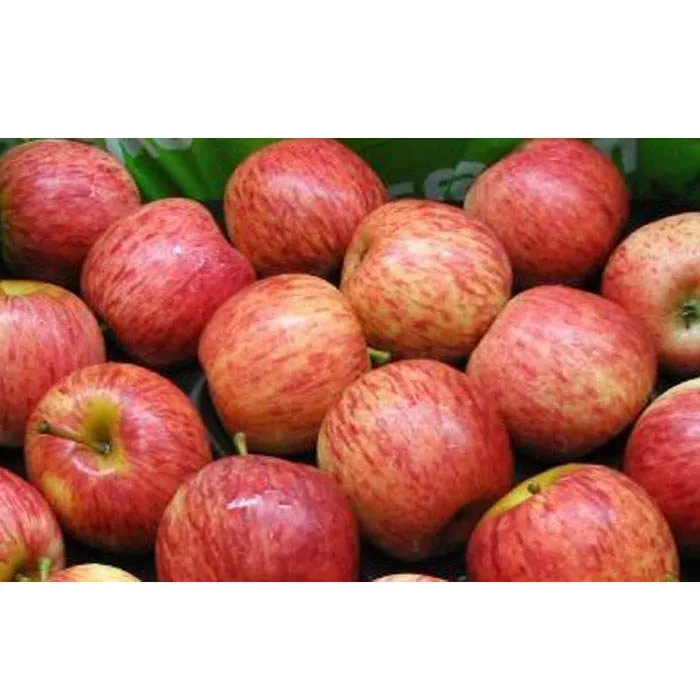
While apples are a delicious and nutritious choice, they may not always align with every consumer’s budget. However, there are several options for those seeking more affordable alternatives:
1. Buying in Bulk:
Look for special deals or discounts when buying larger quantities of apples. Many grocery stores and farmers’ markets offer bulk discounts, especially during peak harvest periods. This approach can help reduce the cost per pound, enabling you to stock up on apples for an extended period.
2. Frozen Apples:
Frozen apples are a convenient and economical option. These can be used in recipes like pies, sauces, and smoothies. Frozen apples often cost less per pound than fresh ones, and they retain their nutritional value when properly stored.
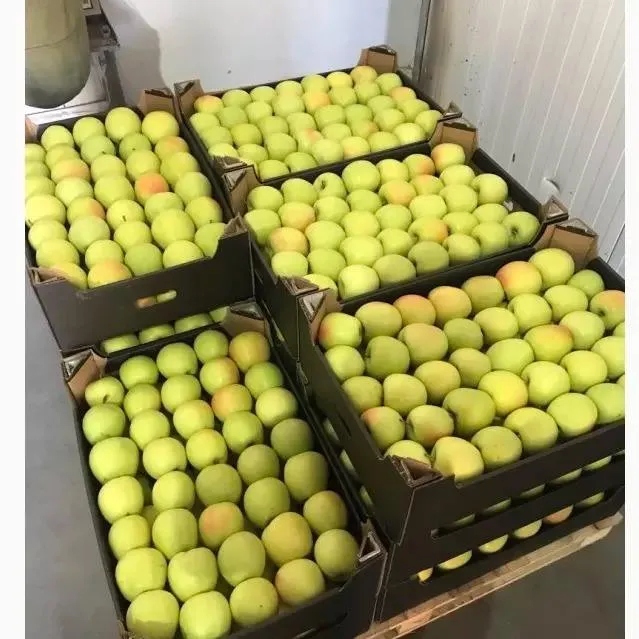
3. Local Farmers’ Markets:
Supporting local farmers’ markets can be a great way to find competitively priced apples. These markets often feature a variety of apple types, including lesser-known heirloom varieties. By eliminating the middleman, you’re more likely to find affordable options.
Understanding the cost per pound of apples is essential for budget-conscious consumers who want to make informed decisions about their purchases. Factors such as apple variety, seasonality, organic vs. conventional choices, packaging, branding, and geographic location all contribute to price fluctuations. By considering these variables and exploring various purchasing strategies, consumers can enjoy the deliciousness of apples while ensuring they get the best value for their money.

